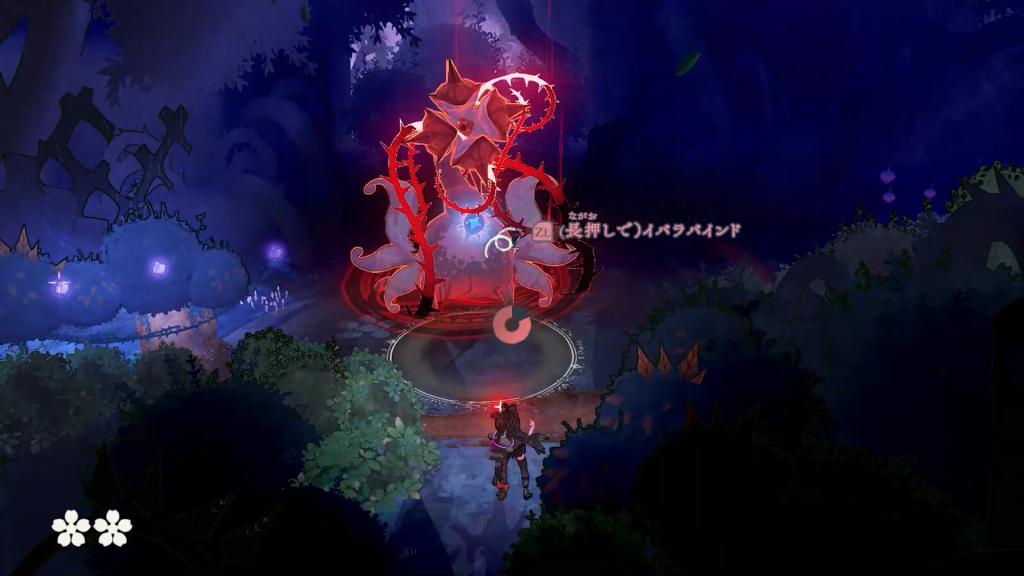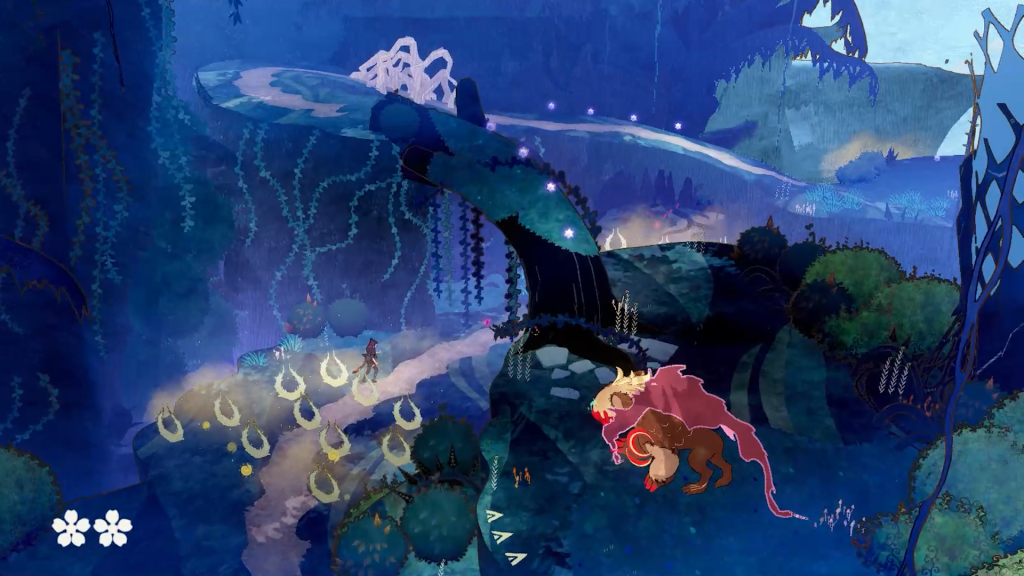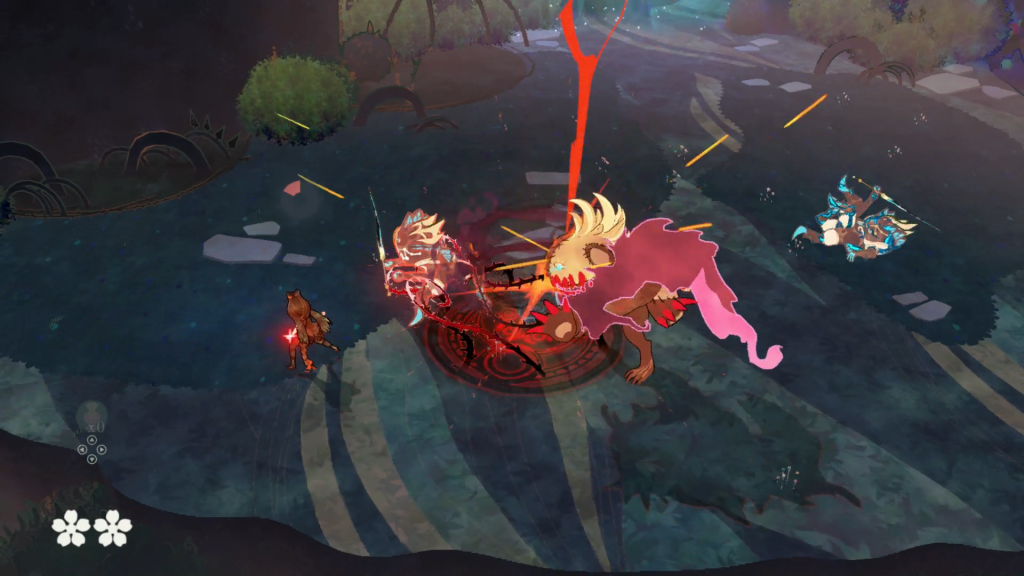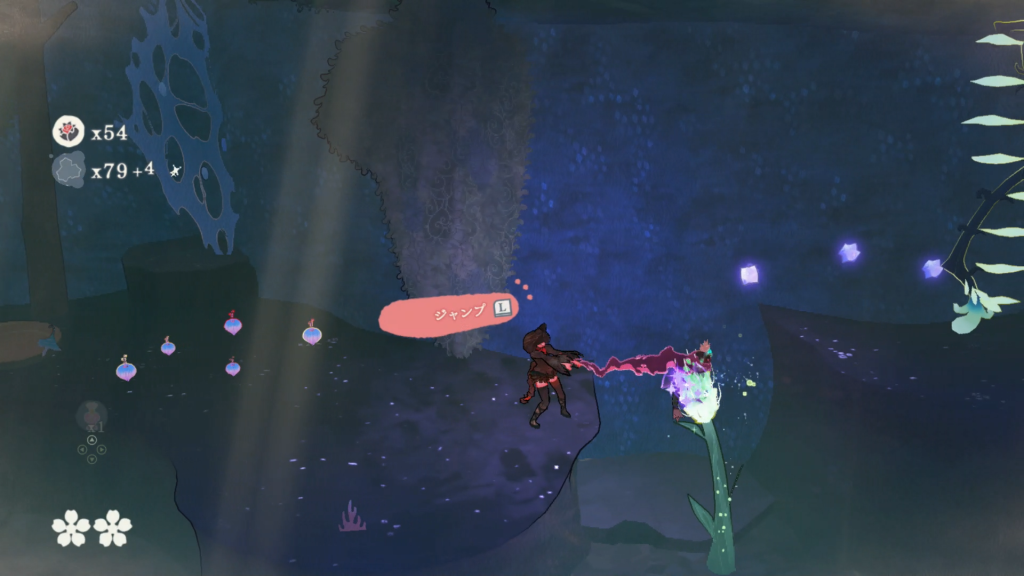Hello again, this is Abebe Tinari, Director of Bayonetta Origins: Cereza and the Lost Demon. Since the game’s release back in March, we have heard from many different members of the dev team as part of this Dev Blog. Together we have been exploring a range of topics, including the picture book style graphics, the music, the visual effects, and the title logo, which you can read here. Today I would like to break down the game design of the beginning stages of the story.
For those interested in a more in-depth look, I recorded myself playing the opening hours of the game and added a commentary track explaining the thought process behind the design of each area. If you’ve already experienced this part of the game, I hope this video will give you additional insight and appreciation of how it was made. For those of you who haven’t played it yet, the areas in the video are all accessible in the game’s demo, available now for free on the Nintendo Switch eShop!
The opening hours of a game are some of the most important. You need to pique the player’s interest enough to encourage them to keep playing. At the same time, they are controlling the game for the first time, so there are a whole host of new actions and abilities they need to get used to. This balance can be tricky—lean too much on the spectacle and the player may be confused about what they are supposed to do when the time comes to start pressing buttons; but too much explanation and your game may start to feel like homework.
We felt this challenge acutely when making the introduction to Bayonetta Origins. The game has a pretty quirky control scheme that allows players to control both of the main characters simultaneously using the left and right control sticks and all four of the shoulder buttons. We wanted to ease players gradually into controlling both characters, so they would not be overwhelmed. Also, as a story-focused game, there were a lot of character details and backstory we needed to convey to the player for them to understand Cereza’s circumstance and motivations.
In the end, I feel we were able to smoothly tie the increasing complexity of the gameplay to the story beats, so that by the end of the tutorial area the player is starting to feel an emotional connection to our two heroes, Cereza and Cheshire, and has the basics down for how to control them in the adventure to come.




Well, that’s all for now. It has been really nice to read comments from players experiencing the game and seeing all kinds of fan art of the characters, even months after release. That kind of support really energizes us as creators… we’ll use that energy to bring you more blog posts showing how the world of Cereza and the Lost Demon was created. Enjoy the video and stay tuned for more!
 |
Abebe Tinari Originally from Vancouver, Canada, Abebe Tinari moved to Japan in 2009 before joining PlatinumGames as a translator in 2013. After taking part in the localization of Bayonetta 2 , he moved to game design. Since then, he has worked on Star Fox: Guard as well as numerous other titles before making his directorial debut with Bayonetta Origins: Cereza and the Lost Demon. |